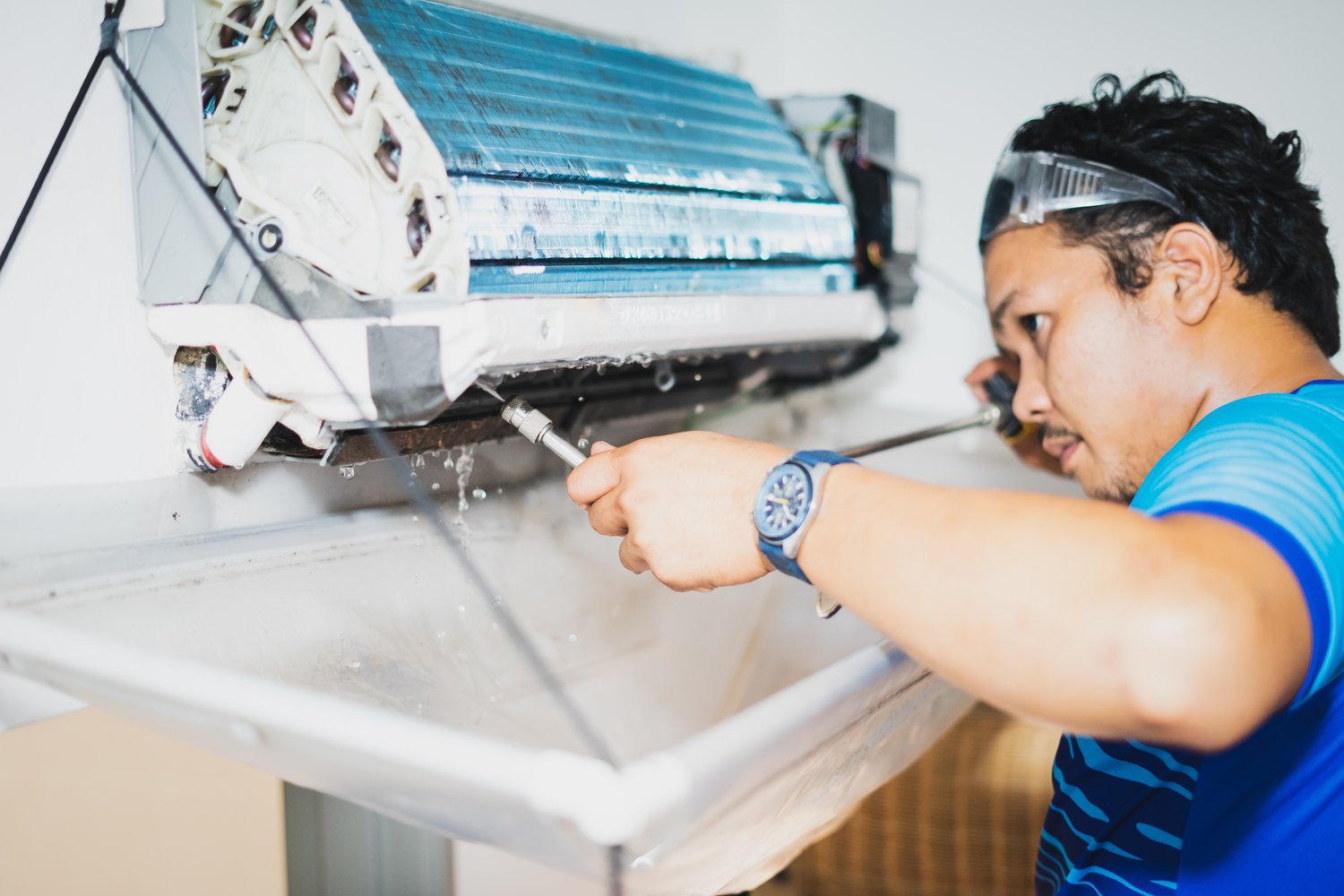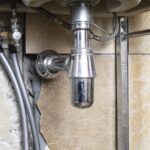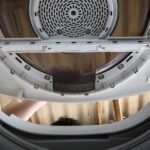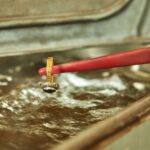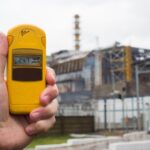When your central AC stops cooling during a heatwave, panic can set in as quickly as the temperatures rise. But before you reach for the phone to call a professional, there are several DIY steps you can take to potentially fix the problem yourself. This article will empower you to tackle some common cooling issues, potentially saving you both time and money.
- Discover how checking and replacing air filters can significantly enhance your AC’s efficiency.
- Learn why verifying your thermostat settings might be the simplest solution to your cooling woes.
- Find out how a quick inspection of power supply and circuit breakers can reveal if electrical issues are at play.
- Get insights on how assessing the condenser unit can help prevent external obstructions from disrupting your AC’s performance.
By taking these steps, you may find a straightforward solution to your cooling problems without needing professional help. Regular maintenance and timely checks are key, and we encourage you to explore these strategies further to ensure your home remains a comfortable haven during the hottest days.
Troubleshooting Guide for Central AC Not Cooling? Emergency Steps Before Calling a Pro
When your central air conditioning system fails to cool your home, it can be frustrating, especially during the hotter months. Before you contact a professional HVAC technician, there are several quick and effective troubleshooting steps you can take to diagnose and potentially resolve the issue on your own.
Start by assessing common problem areas that frequently contribute to cooling issues. Addressing these promptly can save you time and money. Ensuring regular maintenance can also prevent future complications from arising.
Engage with this troubleshooting guide to discover essential techniques for identifying what might be wrong with your central air conditioner. This can range from checking the thermostat settings to clearing debris from the condenser unit. By doing so, you can restore comfort to your living space and enhance the overall efficiency of your central AC system.
Check and Replace Air Filters
Clogged or dirty air filters are a common reason for central AC systems not performing optimally. Air filters play a crucial role in ensuring efficient airflow and maintaining clean air circulation within your home.
Begin by locating the air filter, which is usually found within the return air duct or the air handler unit.
Inspect the condition of the filter. If the filter appears to be dirty or clogged with dust and debris, it is time for a replacement. Regularly replacing air filters is essential for maintaining the efficiency of your AC system and preventing unnecessary strain on the unit.
To replace the filter, ensure you have the correct filter size. Carefully remove the old filter and install the new one, following any arrows indicating the direction of airflow.
Checking and replacing air filters every one to three months can significantly improve airflow and electricity bill savings, ensuring your central air conditioning system operates at its best.
Inspect the Thermostat and Settings
Your central AC’s cooling efficiency can often be attributed to the thermostat settings, which are crucial for maintaining your desired indoor climate. It’s important to first check that the thermostat is set to the appropriate temperature and on the correct setting, such as ‘cool’ rather than ‘heat’ or ‘fan only’.
Sometimes, dust and dirt can accumulate inside the thermostat, affecting its performance. Consider cleaning the device gently using a soft brush. This simple step can often rectify any disruptions in temperature regulation.
If you’re using a digital or smart thermostat, ensure that the device’s software is updated and that it’s calibrated properly. Many modern thermostats rely on Wi-Fi connections to function optimally, so checking for recently installed updates and ensuring stable connectivity can be beneficial. Additionally, a battery-powered thermostat may simply need new batteries.
For further insights, consult your thermostat’s user manual to understand its specific functions and troubleshoot any peculiarities that might arise. Addressing these minor issues could resolve your cooling problems without the need for professional intervention.
Verify Power Supply and Circuit Breakers
A common issue that might prevent your central AC from cooling effectively is an interruption in the power supply. Begin your inspection by locating the circuit breaker panel and checking if any breakers associated with your AC unit are tripped or turned off. This can happen after a power surge or an electrical fault.
If you find any tripped breakers, reset them by switching them off and then back on. However, if the breakers immediately trip again, this could indicate a more serious electrical issue that requires professional attention.
Additionally, inspect the main power switch of the AC unit to ensure it is in the ‘on’ position. Sometimes, it can be accidentally turned off during routine maintenance or cleaning.
Check the power connections at the unit itself, ensuring all plugs are securely inserted and no wires appear damaged. Faulty wiring or loose connections can disrupt the power supply, hindering the system’s ability to cool your space efficiently.
These basic checks can sometimes be the simple solution you need to restore full functionality to your AC system, saving you from the discomfort of a sweltering home.
Assess the Condenser Unit
Your air conditioner’s condenser unit plays a critical role in keeping your home cool, especially during hot weather. This outdoor component can often be the primary culprit behind your central AC not cooling efficiently. Regular assessment of the condenser unit helps ensure it operates at optimal functionality.
A common issue affecting condenser units is obstruction by debris, such as leaves, dirt, or grass clippings. These materials can restrict airflow and lead to overheating. Take a moment to walk around the condenser, clearing any visible debris. For better performance, keep the surrounding area clean and maintain a clearance of at least two feet around the unit.
Additionally, external factors like harsh weather and sunlight exposure can also impact the unit’s efficiency. Check whether shrubs or plants are shading the unit appropriately, as excessive heat from direct sunlight may reduce its cooling capacity.
Another critical aspect to consider is the condition of the fan blades and coil. Dust and grime accumulation can impair their function. You may gently wash away dirt with a garden hose, ensuring the unit is unplugged before proceeding. This simple cleaning can significantly enhance cooling performance.
For homeowners experiencing persistent issues despite these checks, it may be indicative of deeper mechanical problems. While regular maintenance can prevent many problems, a professional HVAC technician may eventually be necessary to address more complex concerns.
FAQs for Central AC Troubleshooting
Why is my central AC blowing warm air?
Warm air could be due to dirty air filters, incorrect thermostat settings, or an obstructed condenser unit.
How often should I replace my AC air filter?
Replace air filters every 1-3 months depending on usage and environmental factors.
What thermostat setting is recommended for cooling?
Set your thermostat to around 78°F (25-26°C) for optimal cooling efficiency.
How can I check if the AC has power?
Check the circuit breakers and ensure the unit’s power switches are on.
What should I do if the condenser unit is blocked?
Clear any debris around the unit and ensure it has ample space for airflow.

